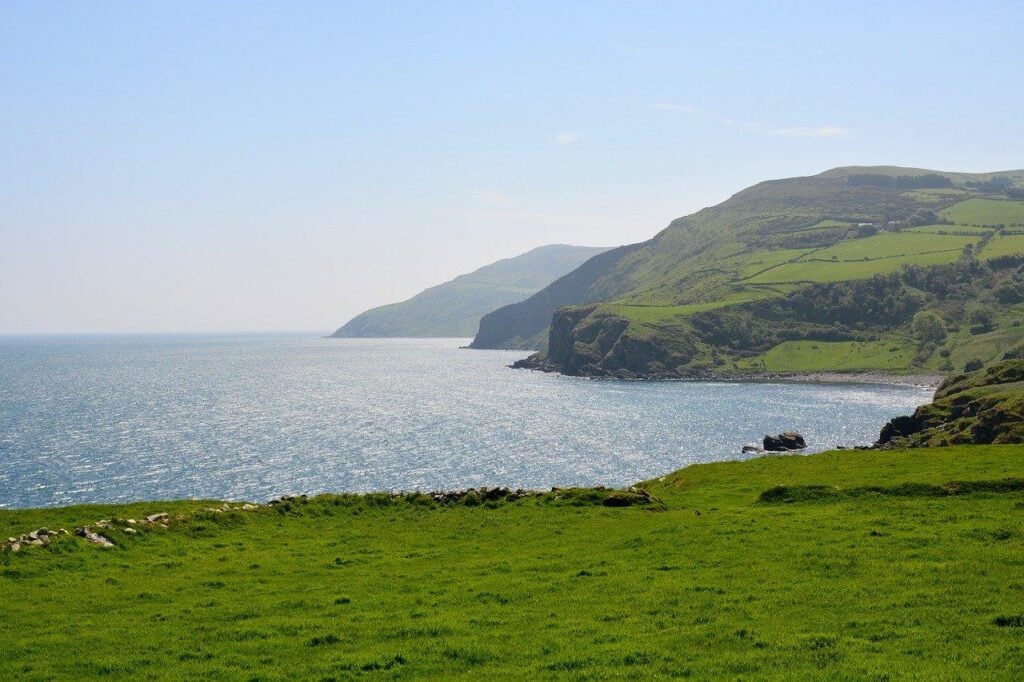Plans have been unveiled that will see the Irish energy grid directly connected to continental Europe for the first time via a 575km interconnector running through the Celtic Sea.
The Celtic interconnector, which is set to be delivered by energy firm Siemens Energy, will enable the exchange of up to 700MW of electricity in both directions from Knockraha, located at the southeastern tip of Ireland, to La Martyre in Brittany, France.
Previously, Ireland’s energy had to be distributed to the UK via the EirGrid and Moyle interconnectors. A new interconnector dubbed Greenlink is expected to be commissioned in 2024.
Ireland could play a major role in both the decarbonisation and stabilisation of the Europe energy grid. With vast quantities of renewable generation projects, namely wind, Ireland has the potential to distribute green energy to mainland Europe.
Cornwall Insight forecasted in late October that the increase in renewable technologies and generation in Ireland, which is set to help reach a target of 80% renewables by 2030, will help lower winter energy prices below the pre-2021 historical average from 2027 onwards.
Although not able to support the ongoing energy crisis, this will help wean the continent off Russian imported natural gas and fossil fuels in the future, something that has led to high volatility in the current wholesale gas market.
For the Celtic Interconnector, Siemens will provide both the high-voltage direct current (HVDC) transmission technology for the interconnector as well as the two converter stations at the end points of the electric highway.
“We absolutely cannot afford to waste electricity from renewable energy sources. Every spare electron of renewable energy that can be shared with others brings us closer to our climate goals,” said Tim Holt, member of the executive board of Siemens Energy.
“The increasing interconnection of European electricity grids enables consumers to benefit from a more open electricity market, higher energy security and lower electricity costs. It demonstrates that only together we can manage the energy triangle of affordability, reliability, and security.”
Although the Celtic Interconnector casts eyes forward to a promising future, in the present there are various concerns around interconnector availability moving into the winter months.
LCP unveiled its market outlook for the coming winter in September that continued interconnector exports were likely as European countries continue to struggle with the impact of the gas crisis as well as nuclear outages and climate change fuelled challenges.
The energy crisis has already caused record price spikes over the last 24 months, with Day Ahead prices exceeding £1,800/MWh. Low interconnector availability will likely contribute to keeping these prices high.
As energy margins become tighter, interconnections could well be crucial in ensuring energy stability. Despite this, in January, the UK government refused development consent for the AQUIND interconnector.
First proposed in 2016, the 2,000MW subsea and underground High Voltage Direct Current (HVDC) transmission link would have connected Portsmouth on the south coast of England and Dieppe in France.
However, the £1.2 billion project faced staunch protests from residents and groups in Portsmouth, with Portsmouth City Council stating that the route of the interconnector would cause significant disruption to residents.





